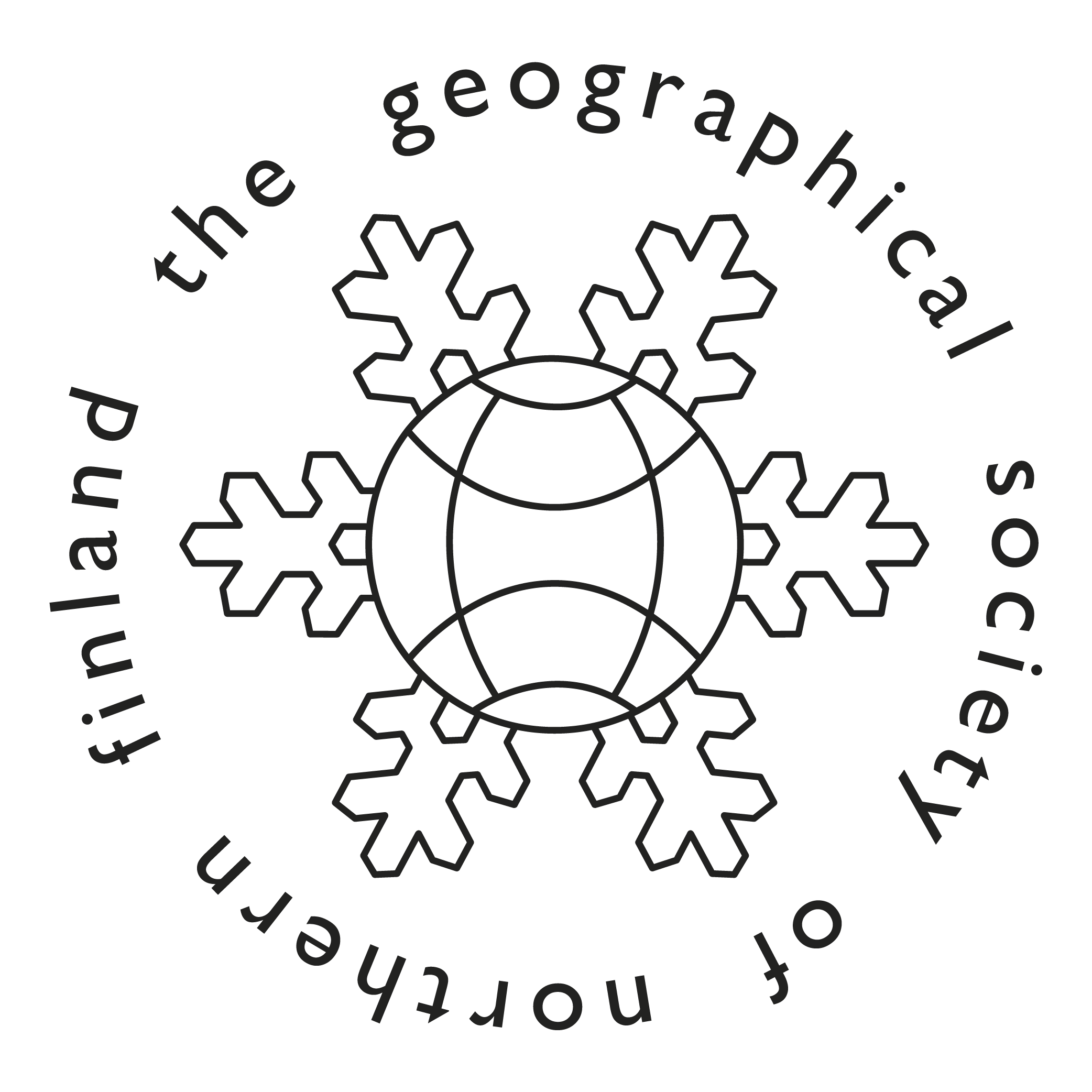Geography meets ecology: developing proxies to understand variations of stream biodiversity
Abstract
Freshwater ecosystems form unique environments with high biodiversity. However, freshwater biodiversity is increasingly threatened because of human activities, such as the ongoing climate change and land use alterations. To prevent the further decline in biodiversity, it is crucial to understand the factors that affect and modify biotic communities. For freshwater systems, information on the patterns and underlying mechanisms of biodiversity is still inadequate, which may complicate any conservation and management efforts.
Ecologists must often rely on different proxy variables in studies examining biodiversity-environment and biodiversity-space relationships due to difficulties in obtaining direct measures of numerous factors across large regions. Biodiversity patterns in streams have been shown to be structured by direct physical properties of the local habitat and by proxy features on the catchment and regional scales, but one problem has been related to only moderate explanatory power using such ‘traditional environmental variables’. The goal of this thesis was to study biodiversity patterns in northern streams by introducing the use of geographical proxy variables of environmental features (i.e. geodiversity) and dispersal (i.e. different geographical distances). More precisely, the aims were to 1) examine the effects of local environmental and geographical variables on stream biodiversity; 2) investigate how environmental and spatial distance types between stream sites affect the variation of stream insect communities; 3) compare the relative roles of habitat-scale geodiversity measures and traditional in-stream variables in explaining stream macroinvertebrate biodiversity and; 4) examine how catchment-scale geodiversity contributes to the variation in stream biodiversity in a boreal region.
According to the results, traditional environmental variables contributed most to the variation in stream biodiversity. However, geographical proxies showed a clear usefulness in understanding biodiversity-environment relationships. It was demonstrated that physical distance measures describing dispersal routes also showed a notable role affecting community compositional variation between stream sites, implying that interesting patterns are shaped by dispersal processes in stream environments. Moreover, the results indicated that the geodiversity on local and catchment scales correlated with stream biodiversity, which underlines the value of geodiversity as a proxy to explain biodiversity variations in the freshwater realm. If further developed, similar proxy variables to those presented in this thesis could offer complementary insights to help explain the structuring of biodiversity patterns in streams. Finally, conservation efforts may also benefit from the identified cost-efficient proxy variables helping to understand the nuances in biodiversity variation.






